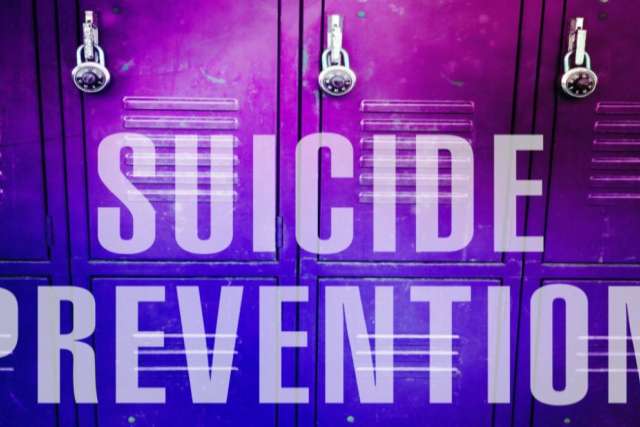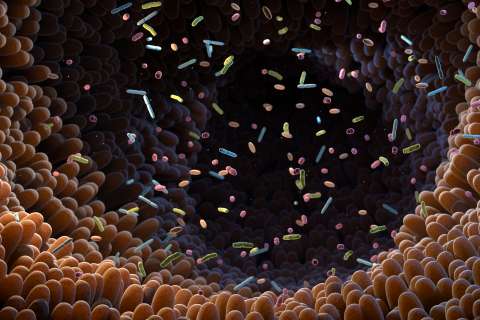Note: This article was updated Feb. 23, 2023.
Suicide is the second-leading cause of death among people age 15 to 24 in the U.S. Nearly 20% of high school students report serious thoughts of suicide and 9% have made an attempt to take their lives, according to the National Alliance on Mental Illness.
Recent weeks have brought heartbreaking examples of this trend, including the March 1 death of Stanford soccer captain Katie Meyer, 22; and Ohio State football player Harry Miller’s revelations that he attempted suicide, shared his struggles with his coach and got help. Miller announced his medical retirement from football on March 10 in a Twitter post that’s been shared more than 10,000 times.
“This is not an issue reserved for the far and away,” wrote Miller. “It is in our homes. It is in our conversations. It is in the people we love.”
Young people are particularly vulnerable to suicide, says Carl Fleisher, MD, who specialized in adolescent and child psychiatry at UCLA Health and is now at Boston Child Study Center in Los Angeles.
“Teenagers and young adults have had rising rates of suicide compared to 10 or 15 years ago,” Dr. Fleisher says. “The things that make them vulnerable are where they stand socially and where they stand developmentally.”
Developmentally, their judgment and decision-making abilities are still coming online, he says. The prefrontal cortex — the brain’s executive control center — doesn’t fully develop until one’s mid-20s.
That makes young people more impulsive, Dr. Fleisher says: "They're not going to weigh risks and consequences or values in quite the same way that older folks will.”
Socially, teens and young adults don’t have the same connections older adults do. Someone who is married, has a long-term partner or has children or grandchildren is in a different place socially than someone who is just coming into their own, living with roommates or alone.
The isolation of the pandemic exacerbated social disconnection even more.
While suicide rates are rising among young people and adults ages 25 to 34, the rate remains lower in those age groups than in any other adult age group.
Identifying people at risk
Meyer’s parents say their daughter seemed happy and never said anything was troubling her. Miller acknowledged that he probably looked fine as a player on TV and academically with a 4.0 GPA in his engineering studies.
“A person like me, who supposedly has the entire world in front of him, can be fully prepared to give up the world entirely,” Miller wrote.
Not all people who are considering suicide appear outwardly upset or depressed, Dr. Fleisher says. Individuals who are self-reliant and consider that among their strengths may have difficulty asking for help.
"For some of those folks, relying on other people and reaching out for help has been so difficult or seems so shameful that they just can't bring themselves to do it,” he says. “So they take on more and more, and think maybe that they need to take on more and more, to look strong for other people, or to be strong. And everybody has a breaking point.”
Not all suicides are attributable to depression, either. While depression is a risk factor for suicide, Dr. Fleisher says only about half of people who take their lives had depression. People who have “vulnerable self-esteem” — self-feelings that require ongoing protection and promotion — are also at higher risk for suicide, he says.
How to help
It’s imperative that, as a culture and as individuals, we make it clear that when people are suffering, we want to know about it, Dr. Fleisher says.
“We all can suffer,” he says. “And we all need to reach out for help.”
He encourages adults to proactively check in with the young people in their lives to let them know they are available to listen — “Not because they look like they’re struggling, but because they look like they’re OK.”
Teachers and parents needn’t fear that talking about depression or suicide could somehow encourage self-harming behavior, he says.
“What doesn’t seem to increase risk of suicide is talking about the importance of mental health, talking about the importance of reaching out to people who are struggling, or if you’re struggling, reaching out for help,” Dr. Fleisher says.
“Talking about suicide in general and talking about depression is not going to make things worse.”
Learn more about child and adolescent psychiatry at UCLA Health.
If you or a friend or loved one is having suicidal thoughts, call the National Suicide Prevention Lifeline: 800-273-8255



